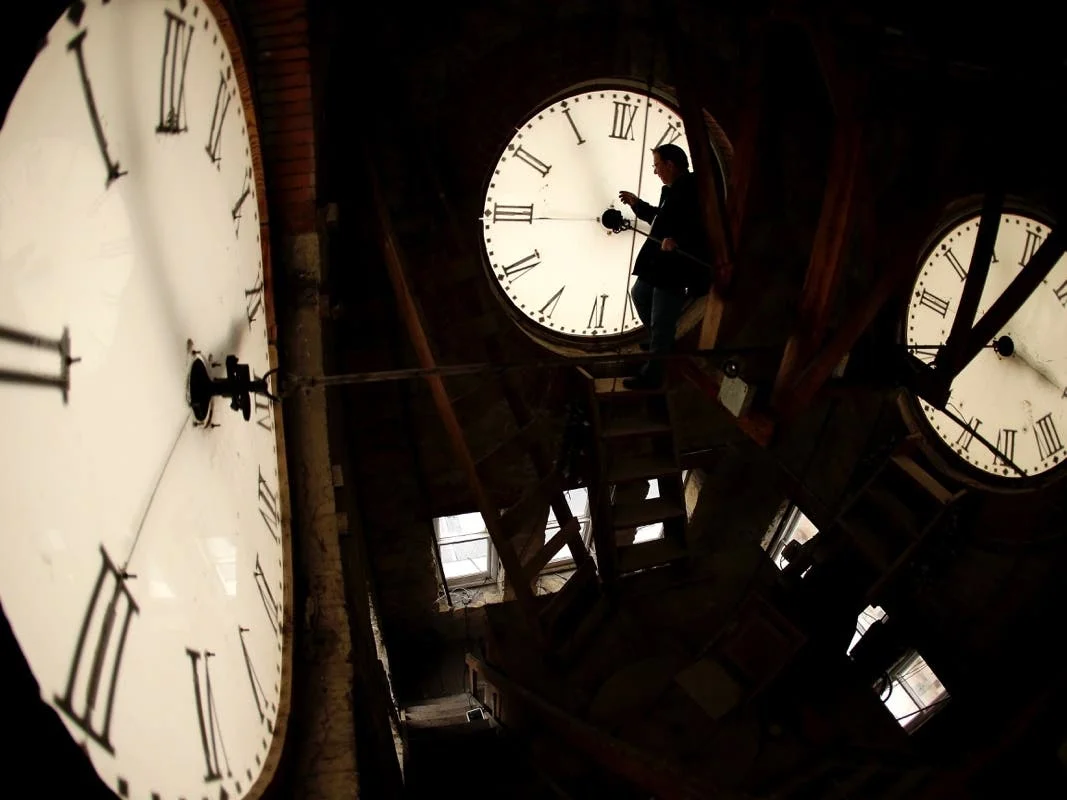
California’s Vote to End Daylight Saving Time: What Happened Next
In 2018, California voters overwhelmingly supported Proposition 7, which aimed to allow the state legislature to potentially end the practice of daylight saving time. With over 60% approval, the proposition passed, sparking a conversation about the future of time changes in the Golden State. However, despite the clear mandate from the electorate, the issue has lingered without resolution.
The proposition's passage did not automatically end daylight saving time; it merely gave the state legislature the authority to make a decision. Since then, the California State Assembly has been grappling with how to proceed. A bill was introduced to permanently establish standard time, but it has faced hurdles, including concerns over how it would affect neighboring states and the broader national timekeeping system.
Advocates for ending daylight saving time argue that it would benefit public health, reduce energy consumption, and improve overall quality of life. On the other hand, opponents worry about the economic impact on industries like tourism and agriculture, which rely on extended daylight hours. The debate has also spilled over into the realm of public safety, with some suggesting that darker evenings could lead to increased crime rates.
As the state continues to deliberate, the rest of the country watches closely. Several other states have expressed interest in ending daylight saving time, but without federal action, any changes could lead to a patchwork of time zones across the U.S. For now, Californians continue to 'fall back' and 'spring forward,' awaiting a decision that could reshape their daily routines.